- Home
- Japan Private Tours
- Yokohama & Kamakura Private Tours
Discover Yokohama & Kamakura: Essential Travel Tips and Things to Do
Yokohama and Kamakura are two must-visit destinations near Tokyo, each offering unique experiences for travelers. Yokohama is a bustling port city known for its modern attractions, delicious food scene, and scenic waterfront areas. Just a short train ride away, Kamakura charms visitors with its rich history, stunning temples, and serene beaches. Whether you’re looking for things to do in Yokohama or planning a Kamakura itinerary filled with cultural exploration, this guide provides essential tips and highlights to make your trip unforgettable.
Private Tours & Sightseeing Yokohama & Kamakura
Discover Yokohama & Kamakura Your Way: Private Tours & Personalized Sightseeing Experiences
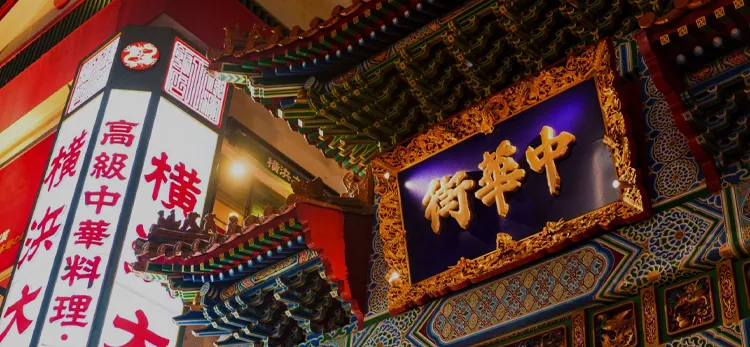
Yokohama Private Tour (8 hours)
Bay Bridge (drive by),Sankei Garden,China Town, Yokohama Red Brick Warehouse,Minato Mirai 21
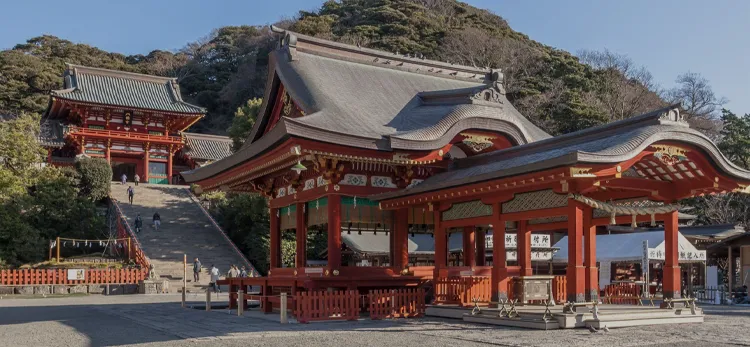
Kamakura Private Tour (8 hours)
Tsuruoka Hachimangu,Hase Temple, Great Buddha
Why Visit Yokohama & Kamakura?
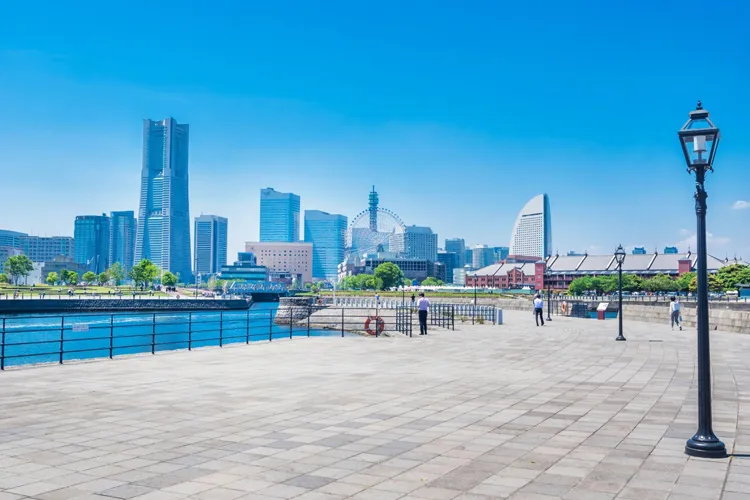
Welcome to Yokohama & Kamakura, a captivating duo of coastal cities just south of Tokyo. Imagine exploring a vibrant international port city with stunning modern architecture, then stepping back in time to a serene ancient capital filled with iconic temples and a laid-back beach vibe. This isn't just a trip; it's an enchanting journey offering diverse experiences, from urban sophistication to historical tranquility.
- Modern Metropolis Meets Ancient Capital: Experience the striking contrast between Yokohama's futuristic skyline and Kamakura's historical charm.
- Rich Cultural Tapestry: Delve into diverse histories, from international trading ports to samurai heritage.
- Seaside Serenity & Fun: Enjoy beautiful waterfronts, scenic coastal views, and opportunities for beach activities.
Quick Guide to Yokohama & Kamakura
Ready to plan your coastal adventure? Here’s what you need to know to get started.
Location & Access
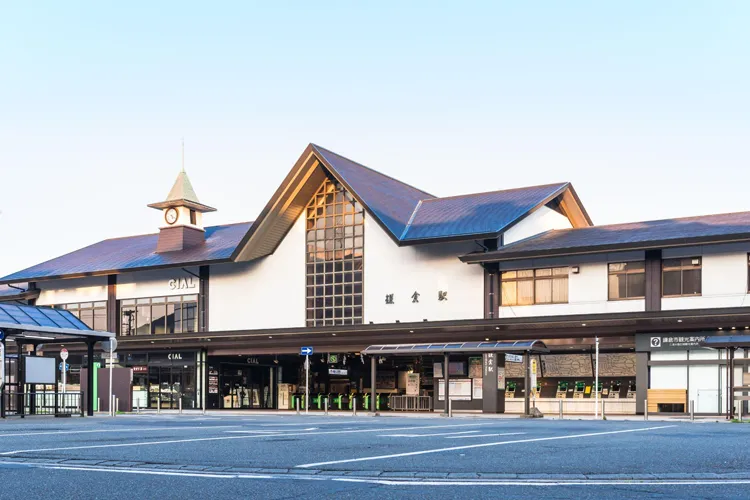
Yokohama and Kamakura are conveniently located in Kanagawa Prefecture, just south of Tokyo, making them perfect for day trips or a multi-day escape.
- From Tokyo to Yokohama:
- By JR Lines: Take the JR Tokaido Line or JR Yokosuka Line from Tokyo Station, or the JR Shonan-Shinjuku Line from Shinjuku/Shibuya (approx. 25-40 minutes).
- By Private Lines: Take the Tokyu Toyoko Line from Shibuya (approx. 30-40 minutes).
- From Tokyo to Kamakura:
- By JR Yokosuka Line: Direct from Tokyo Station (approx. 55-60 minutes).
- By JR Shonan-Shinjuku Line: Direct from Shinjuku/Shibuya (approx. 55-60 minutes).
- Between Yokohama and Kamakura:Easily connected by the JR Yokosuka Line (approx. 25-30 minutes).
Climate & Seasons
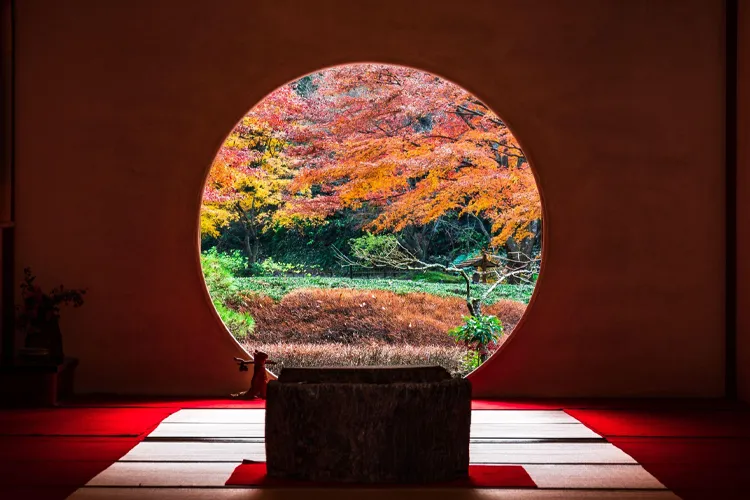
Yokohama and Kamakura enjoy four distinct and beautiful seasons, each offering a different charm.
- Spring (March - May): Mild and pleasant (average 10-20°C/50-68°F), with cherry blossoms blooming in late March to early April. Ideal for comfortable sightseeing. A light jacket is recommended.
- Summer (June - August): Warm and humid (average 25-30°C/77-86°F), perfect for enjoying the beaches and waterfronts. Light clothing and sun protection are essential.
- Autumn (September - November): Crisp and comfortable (average 15-25°C/59-77°F), with beautiful autumn foliage around Kamakura's temples from late November to early December. Layers are recommended.
- Winter (December - February): Generally dry and cool (average 5-10°C/41-50°F), with clear skies offering potential views of Mt. Fuji. Illuminations light up Yokohama. A warm coat and sweaters are necessary.
When is the best time to visit? Spring and Autumn offer ideal weather and beautiful scenery. Summer is great for beach lovers, while Winter provides crisp air and fewer crowds for sightseeing.
Explore Yokohama's & Kamakura's Iconic Districts
Discover the unique character of each city, from modern marvels to ancient wonders.
Yokohama

- Minato Mirai: The iconic waterfront district with soaring skyscrapers like Landmark Tower, the Cosmo Clock 21 Ferris wheel, and the Yokohama Bay Bridge. Perfect for evening strolls and stunning night views.
- Yokohama Chinatown: Japan's largest Chinatown, a vibrant area bustling with colorful gates, authentic restaurants, and souvenir shops. A culinary and cultural feast.
- Yokohama Red Brick Warehouse (Akarenga Soko): Historic brick buildings transformed into a trendy complex of shops, restaurants, and event spaces. Often hosts seasonal markets.
- Yamashita Park: A scenic waterfront park offering views of the bay and the historic Hikawa Maru ocean liner.
- Sankeien Garden: A beautiful traditional Japanese garden with historic buildings moved from various parts of Japan.
Kamakura
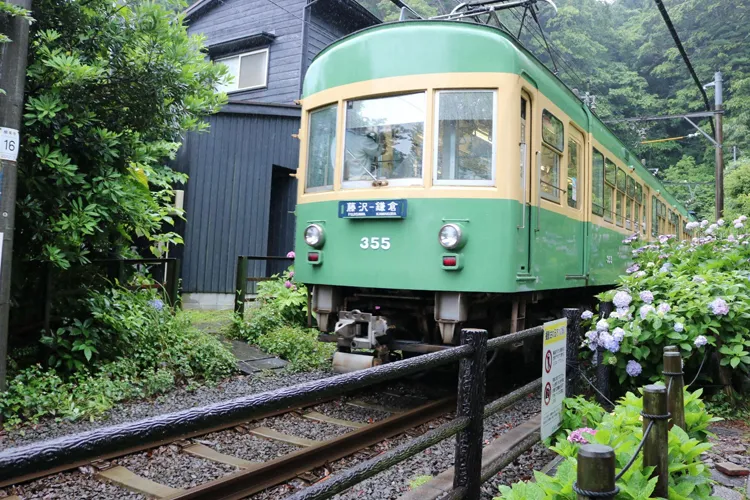
- Great Buddha of Kamakura (Kotoku-in Temple): An iconic bronze statue of Amida Buddha, standing impressively outdoors since 1252. A must-see symbol of Kamakura.
- Tsurugaoka Hachimangu Shrine: Kamakura's most important Shinto shrine, at the heart of the city's samurai history. Approach via a long pathway flanked by torii gates and ponds.
- Hokokuji Temple (Bamboo Temple): Famous for its tranquil bamboo grove, offering a serene escape and beautiful photo opportunities.
- Engakuji Temple & Kenchoji Temple: Significant Zen Buddhist temples with beautiful gardens and historical importance.
- Enoshima Electric Railway (Enoden): A charming local train line connecting Kamakura to Fujisawa, offering picturesque coastal views and access to various beaches and attractions.
Find Your Perfect Coastal Trip
Yokohama and Kamakura offer diverse experiences to suit every interest.
For Food Lovers
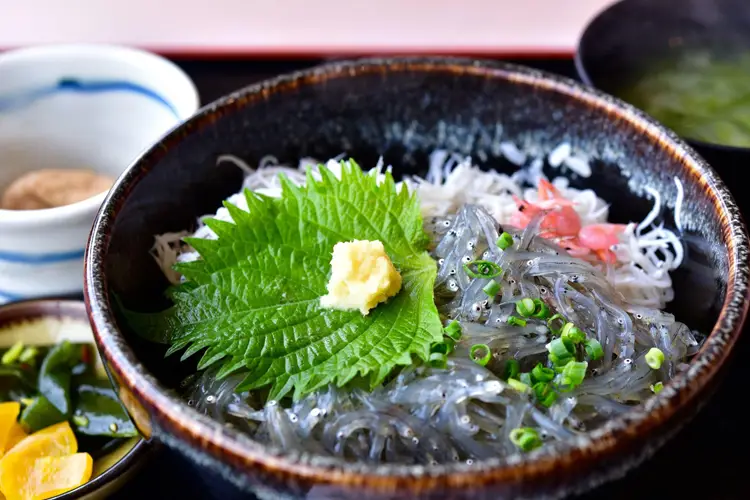
Indulge in a delicious array of culinary delights:
- Yokohama Chinatown Cuisine: Savor authentic dim sum, Peking duck, ramen, and various regional Chinese dishes.
- Shin-Yokohama Ramen Museum: A unique food theme park recreating a 1950s Tokyo street, offering a variety of regional ramen styles from across Japan.
- Kamakura Shirasu-don (Whitebait Bowl): A fresh local specialty, especially popular when in season (spring and autumn).
- Local Sweets: Try Kamakura's traditional snacks like Hato Sabure (dove-shaped butter cookies) or fresh seafood crackers along the coast.
- Craft Beer & Coffee: Yokohama has a growing scene for local craft breweries and stylish cafes.
For History & Culture Buffs
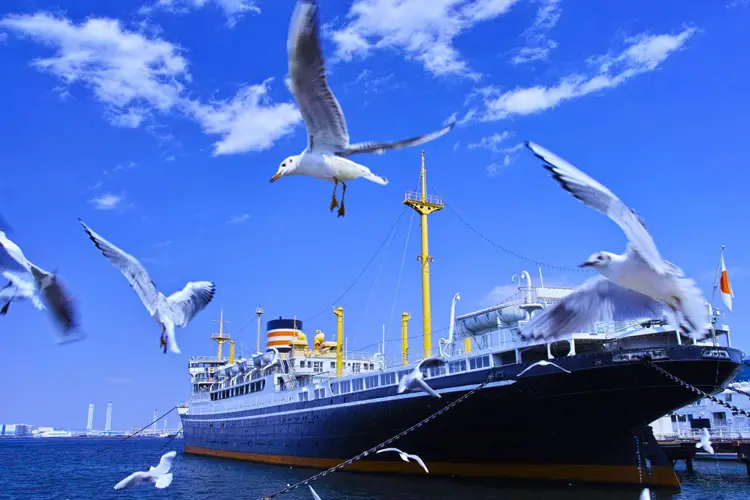
Delve into the rich past and vibrant cultural tapestry of these cities:
- Kamakura's Samurai Heritage: Explore numerous temples and shrines linked to the Kamakura Shogunate, Japan's first samurai government.
- Yokohama's Port History: Discover the city's role as one of Japan's first international ports, reflected in its Western-style architecture and multicultural influences. Visit the Yokohama History Museum or the NYK Hikawamaru.
- Zen Buddhism: Experience the tranquility and architectural beauty of Kamakura's many Zen temples.
- Traditional Arts & Crafts: Explore local shops offering traditional Japanese crafts and souvenirs.
For Photographers & Scenic Views

Capture incredible "Instagram-worthy" moments in diverse settings:
- Minato Mirai Skyline: Spectacular night views of the illuminated buildings and Ferris wheel.
- Kamakura's Great Buddha: An iconic subject for any photographer.
- Enoshima & Shonan Coast: Capture dynamic ocean views, surfers, and Mt. Fuji in the distance on a clear day.
- Hokokuji Temple's Bamboo Grov: A serene and atmospheric spot for unique photos.
- Seasonal Beauty: Cherry blossoms in spring or vibrant autumn leaves around temples and parks.
For Seaside & Outdoor Fun
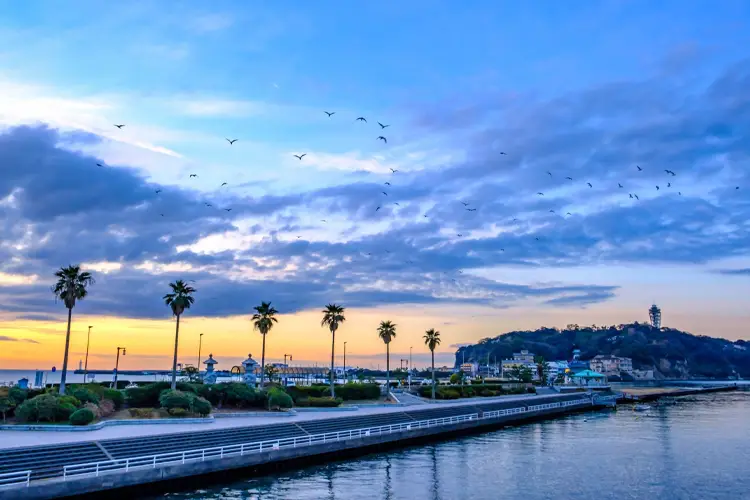
Enjoy the refreshing coastal atmosphere and outdoor activities:
- Surfing & Beach Activities: The Shonan coast (Yuigahama Beach, Enoshima) is a popular spot for surfing, sunbathing, and enjoying the ocean breeze.
- Coastal Walks & Cycling: Take a leisurely stroll or cycle along the scenic coastal paths connecting Kamakura and Enoshima.
- Parks with Ocean Views: Relax at Yamashita Park in Yokohama or explore the natural beauty of Enoshima Island.
- Cruises: Enjoy bay cruises in Yokohama for unique city views from the water.
Sample Yokohama & Kamakura Itineraries
Need some inspiration? Here are a few suggested itineraries to help you plan your perfect Yokohama & Kamakura adventure.
Example 1: Yokohama City Highlights Day Trip
Ideal for first-timers from Tokyo focusing on Yokohama
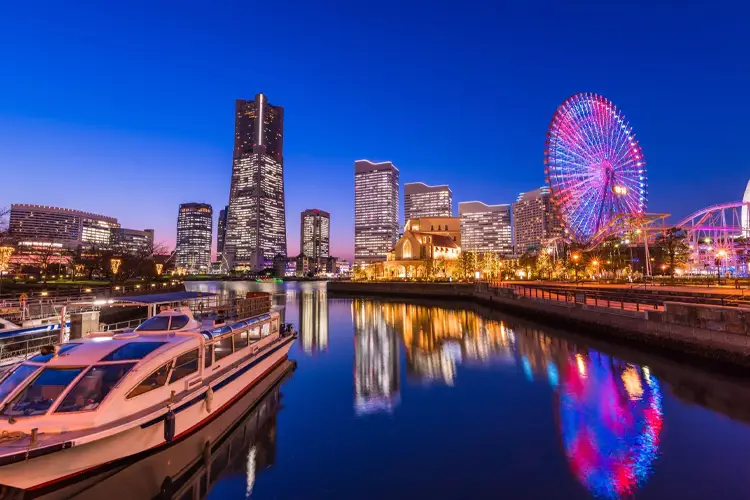
- Morning: Arrive Yokohama. Explore Minato Mirai (Landmark Tower Sky Garden, Red Brick Warehouse).
- Lunch: Enjoy lunch in Minato Mirai or head to Chinatown.
- Afternoon: Immerse yourself in Yokohama Chinatown.
- Evening: Enjoy dinner in Chinatown, then stroll along the waterfront for night views of Minato Mirai. Return to Tokyo.
Example 2: Kamakura Temple & Coastal Day Trip
Ideal for first-timers from Tokyo focusing on Kamakura
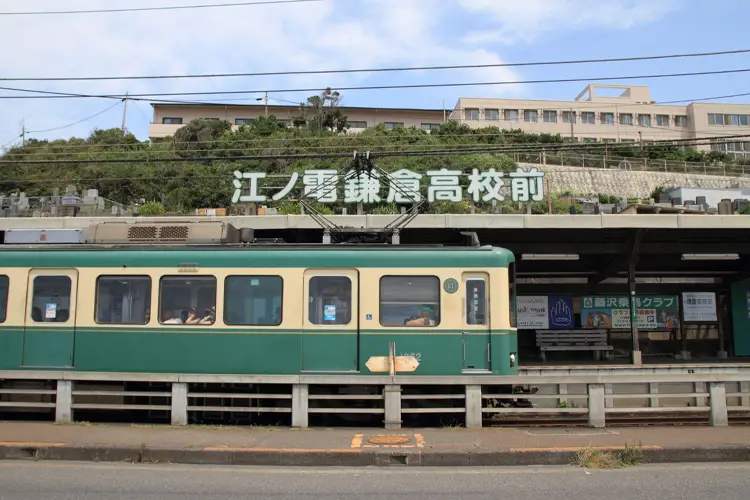
- Morning: Arrive Kamakura. Visit Tsurugaoka Hachimangu Shrine.
- Lunch: Explore Komachi-dori for local food and souvenirs.
- Afternoon: Take a bus or walk to Kotoku-in (Great Buddha). Then visit Hokokuji Temple (Bamboo Temple).
- Late Afternoon: Take the Enoden train to a coastal station (e.g., Yuigahama) for beach views. Return to Tokyo.
Example 3: Yokohama & Kamakura Coastal Getaway
For a comprehensive experience of both cities
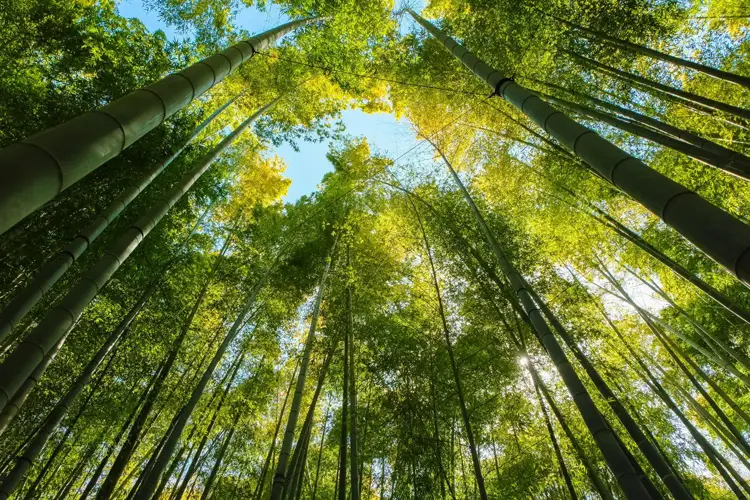
- Day 1 (Yokohama): Arrive Yokohama. Explore Minato Mirai and the Red Brick Warehouse. Evening: Dinner in Minato Mirai and enjoy the night view. Overnight in Yokohama.
- Day 2 (Kamakura): Morning: Take JR to Kamakura. Visit Tsurugaoka Hachimangu, explore Komachi-dori. Lunch. Afternoon: Visit Great Buddha, Hokokuji (Bamboo Temple). Take the Enoden train along the coast. Overnight in Kamakura or Enoshima.
- Day 3 (Optional Exploration / Departure): Morning: Explore more of Kamakura's temples or Enoshima Island. Afternoon: Enjoy a final meal. Depart from Kamakura/Yokohama to Tokyo or other destinations.
Essential Travel Tips for Yokohama & Kamakura
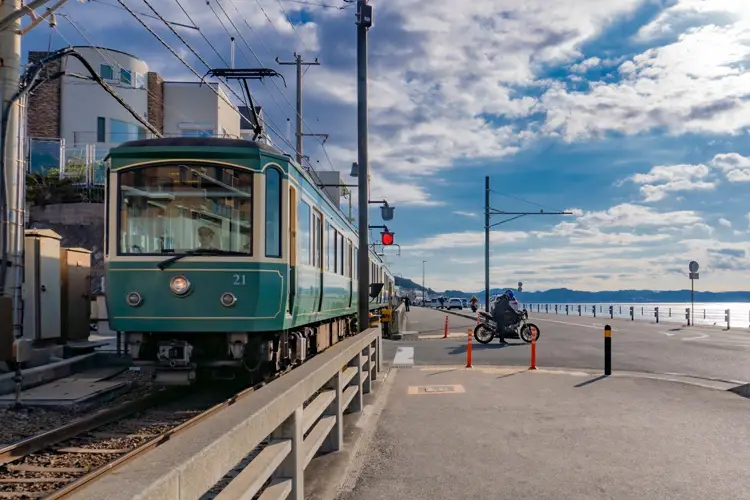
Make your trip to Yokohama and Kamakura smooth and enjoyable with these practical tips.
Transportation
- Trains: Both cities are well-served by JR and private railway lines, making train travel the most efficient way to get around and between them.
- Buses: Local buses are useful for reaching specific attractions in Kamakura not directly served by train.
- Walking: Many areas in both cities, especially central Kamakura and Minato Mirai, are best explored on foot.
Accommodation
Both cities offer various accommodation types:
- Yokohama: Wide range of hotels from luxury to business hotels, particularly around Minato Mirai and Yokohama Station.
- Kamakura: Fewer large hotels, but charming traditional ryokan, guesthouses, and smaller boutique hotels are available.
Connectivity
- Free Wi-Fi: Available at major train stations, some hotels, and tourist information centers.
- SIM Cards & Pocket Wi-Fi: Recommended for consistent internet access.
Other Useful Information
- Comfortable Shoes: Essential for exploring the cities and temple grounds.
- Layered Clothing: Advised due to varying temperatures between seasons and indoor/outdoor activities.
- Cash: While credit cards are widely accepted, especially in Yokohama, having some cash is useful for smaller shops, street vendors, and local eateries.
- Crowds: Both cities can get very crowded, especially on weekends and during peak seasons. Visiting on weekdays or early mornings can offer a more relaxed experience.
Yokohama & Kamakura Travel FAQ
- Recommended sightseeing spots and famous temples in Kamakura?
-
- Tsurugaoka Hachimangu Shrine: The most famous shrine in Kamakura, rich in history and beautiful throughout the seasons.
- Kamakura Daibutsu (Great Buddha at Kotoku-in): The iconic giant Buddha statue that you can see up close on the temple grounds.
- Hase-dera Temple: Known for its beautiful gardens and seasonal flowers, with popular ocean views.
- Engaku-ji Temple: A major Zen temple with a peaceful atmosphere, perfect for strolling.
- Kencho-ji Temple: One of the five great Zen temples in Kamakura, featuring a large temple complex and historic buildings.
- Komachi Street: A lively shopping street near Kamakura Station, full of souvenir shops and local food.
- Must-visit places in Yokohama? Are there any night view spots?
-
- Minato Mirai District: Features landmarks like Landmark Tower, Red Brick Warehouse, and the Cosmo Clock Ferris Wheel, plus great shopping and dining.
- Yokohama Chinatown: The largest Chinatown in Japan, famous for street food and authentic Chinese cuisine.
- Yamashita Park: A seaside park offering views of the Bay Bridge and harbor.
- Landmark Tower Observatory: One of Japan’s tallest observatories, offering stunning night views.
- Osanbashi Pier (International Passenger Terminal): A popular walking spot with panoramic harbor views and beautiful nighttime scenery.
- How many days do you need to tour Kamakura and Yokohama? Can you enjoy them as a day trip?
-
- Day trips are possible, but for a more relaxed experience, 1 to 2 nights is recommended.
- Kamakura’s main attractions can be covered efficiently in half a day to one day, but a full day is better for leisurely exploration.
- Yokohama is a larger area, so spending 1 to 2 days lets you enjoy Minato Mirai and Chinatown at a comfortable pace.
- Popular accommodation areas and hotels for foreigners?
-
- Yokohama Minato Mirai area: Modern high-rise hotels, very convenient for sightseeing.
- Around Yokohama Station: Great transportation access and a wide range of affordable hotels.
- Near Kamakura Station: A historic area with traditional inns and guesthouses.
- Enoshima area (near Kamakura): Popular for seaside resorts and a relaxing atmosphere.
- Can you enter inside the Great Buddha in Kamakura?
- Yes, you can enter inside the Kamakura Daibutsu at Kotoku-in Temple. The interior is narrow but offers a rare chance to see the Buddha’s structure up close. There is a small admission fee.


